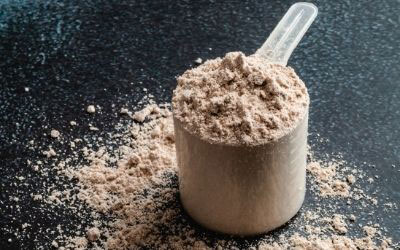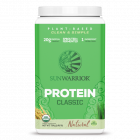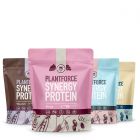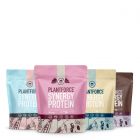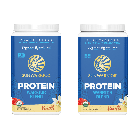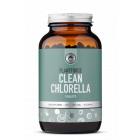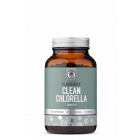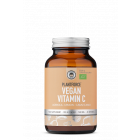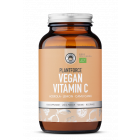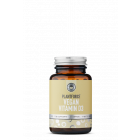3 Easy Steps to Go Vegan
- By Bea Recuerdo (BSc)
- 17 May 2022


Following a vegan diet is becoming popular nowadays. A person may switch to a plant-based diet for a range of reasons. It could be ethical, environmental, religious, or economic reasons.
One of the popular reasons is health. It has been studied that a plant-based diet has health benefits such as:
- Lowers risk of diseases such as type 2 diabetes, and heart problems
- Lowers blood pressure
- Strengthens the immune function
- Help improve gut digestion
- Assist with weight loss and management
(Source: NCBI)
However, without proper guidance, research, and meal preparation; achieving a balanced diet may become difficult for you.

Step 1: Identify the type of plant-based diet you’re going to follow
Going vegan might have you thinking that it's only about eating fruits and vegetables. You can also ask yourself the question, "What does a vegan diet consist of?".
Studying your new diet choice is essential because vegetarians may eat dairy, eggs, and fish too.
It's important to determine which type of plant-based diet you're interested in following because a vegetarian diet can have many variations.
TYPE OF VEGETARIANISM | DESCRIPTION |
Semi-vegetarian | Diet includes eggs, dairy and may include small amounts of meat, poultry, fish and seafood |
Pescatarian | Diet includes eggs, dairy, fish and seafood and prohibits meat and poultry |
Ovo-vegetarian | Diet includes eggs and prohibits meat, poultry, fish, seafood and dairy |
Lacto-vegetarian | Diet includes dairy and prohibits meat, poultry, fish, seafoods and eggs |
Lacto-ovo vegetarian | Diet includes eggs and dairy and prohibits meat, poultry, fish and seafoods |
Source: Heart Foundation
For the purpose of this article, we will mainly focus on how to achieve a healthy and balanced vegan diet.

Step 2: Getting enough nutrients in a vegan meal plan
Contrary to popular belief, going vegan does not automatically mean that you are eating healthily.
In fact, vegans are at risk of nutrient deficiencies, especially in nutrients such as calcium, iron, and vitamin B12. This is the reason why vegan diets must be well-planned (Source: NHS).
Similar to a regular diet, vegans should get enough of the three macronutrients in their diet, which can give sufficient energy, also known as Calories, to keep the body functioning (Source: Diabetes.org).
These macronutrients are:
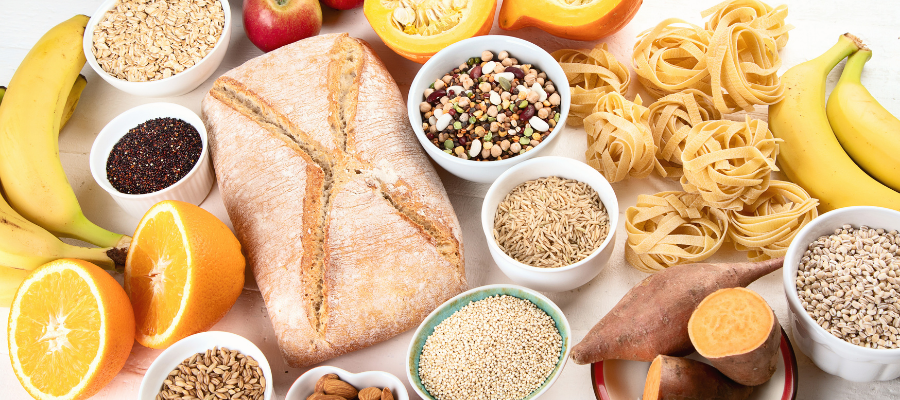
Carbohydrates
For healthy individuals, carbohydrates contribute an average of 50-60% of our body’s energy needs. Three main types of carbohydrates can be found in food:
- Starches, can be found naturally in plants and give your body energy and nutrients such as calcium, iron, and vitamin B. Examples are vegetables such as potatoes, sweet potatoes, beans, lentils & legumes.
- Sugar may be vegan-friendly, but excessive consumption may lead to obesity and increase the risk of developing diseases. Sugars from sweetened beverages, fruit juices with added sugars, and processed foods and pastries should be controlled (Source: Diabetes.org).
- The third type of carbohydrate is Fiber which can be found in fruits and vegetables. This can help promote heart health, add a feeling of fullness after a meal and encourage good digestion. A well-planned vegan diet can be a fiber-rich diet. (Source: Harvard.edu).
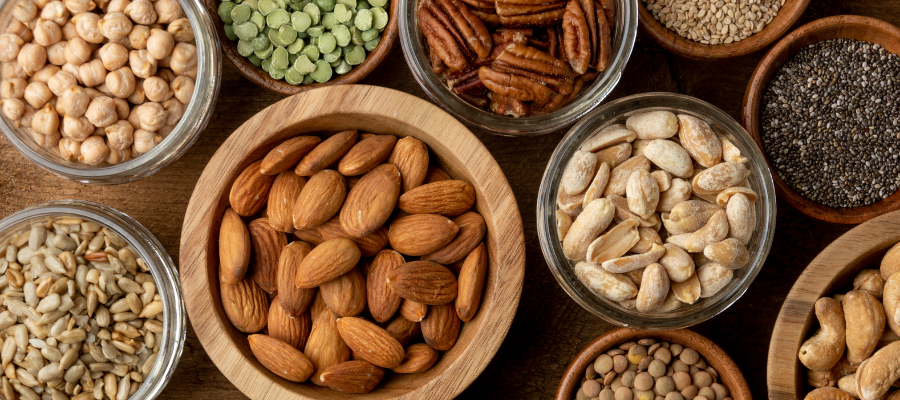
Protein
Protein is used by the body for processes such as tissue repair, and muscle building and helps maintain immune function. Proteins are composed of amino acids.
The challenge with vegan diets is that most plant sources do not contain all nine essential amino acids.
A good combination of legumes and nuts is eaten together with whole-grain cereals, and pseudo-cereals can help ensure adequate nutrient intakes (Source: State of Victoria)
Here are good examples of vegetarian protein sources found in food:
- Legumes such as beans, peas, and lentils
- Nuts and seeds
- Soy products such as soy beverages, tempeh, and tofu
- Whole (cereal) grains such as oats and barley
- pseudo-cereals such as quinoa and amaranth
Vegan protein powders can also be an option for vegan athletes and muscle builders. Emerging studies support the idea that vegan protein powders can also help muscle building and improve recovery from training (Source: NCBI) .
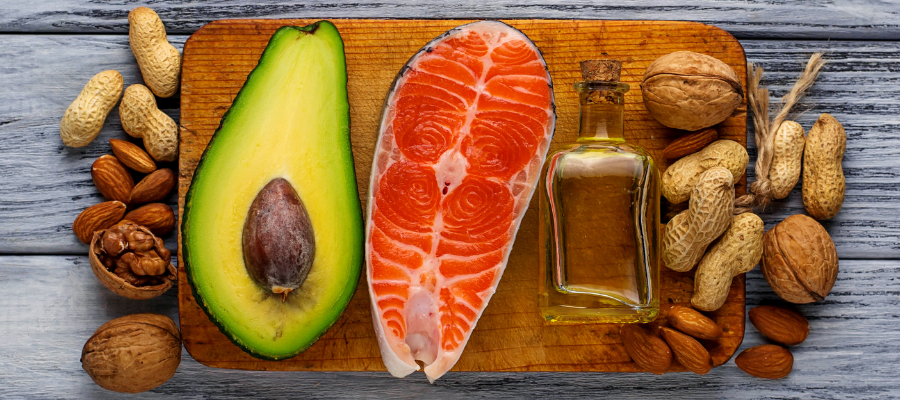
Fat
Fats are generally found in oils and butter that we use in cooking our food. Increased consumption of saturated fats can increase the risk of heart problems (Source: Harvard.edu).
Consider choosing fats rich in monounsaturated fats, which can potentially help promote lowered blood cholesterol. (Source: Harvard.edu).
One essential fatty acid that should also be consumed in a vegan diet is Omega-3. This can be tricky for vegans to obtain because this can be naturally found in fish oils, which are not vegan-friendly. Vegans may acquire this nutrient from microalgae supplements. (Source: NCBI)
Below is a range of suggested portion sizes of food groups that contain carbohydrates, protein, and fat. Portion sizes may differ based on height, weight, health condition, age, physical activity, and sex.
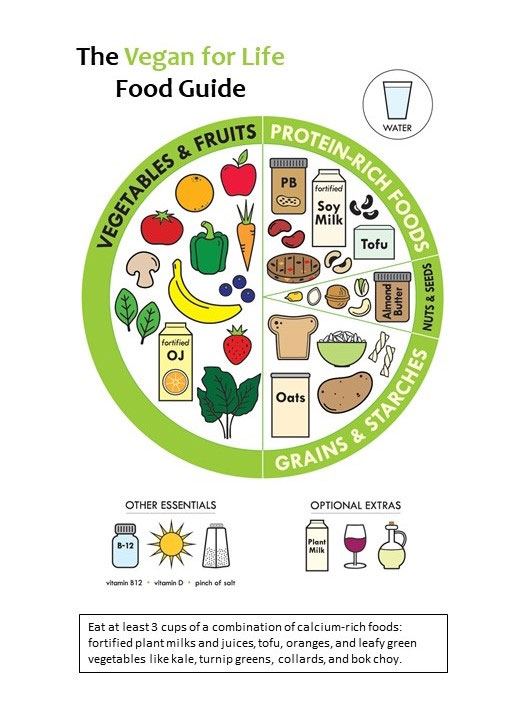
Photo from: The Vegan for Life Food Guide (Source: TheVeganRD)
What does a vegan eat in a day?
FOOD GROUP | RECOMMENDED SERVINGS PER DAY |
Vegetable, all types including starchy | It's recommended that 50% of your plate is in a meal. For leafy greens: at least 2–3 servings (1 serving = 1 cup raw or 1/2 cup cooked) |
Fruits (All types) | 2–4 servings (1 serving = 1 medium piece or 1/2 cup) |
Whole Grains (Quinoa, brown rice, oats) | 6–11 servings (1 serving = 1/2 cup cooked or 1 slice whole grain bread) |
Legumes (beans, peas, lentils, soy foods) | 2–3 servings (1 serving = 1/2 cup cooked) |
Nuts (eg, walnuts, almonds, pistachios) | 1-2 ounces |
Seeds (eg, chia, hemp, and flax seeds) | 1-3 table spoons |
Fortified plant milks (eg, soy, almond, cashew) | Optional, 2-3 cups |
Fresh herbs and spices | Optional |
Source: Plant-based Diets: A Physician’s Guide
Don’t forget your micronutrients
Micronutrients are the vitamins and minerals that the body needs in small amounts.
These micronutrients help in body processes and help maintain good body health (Source: WHO).
Here is a summarized table of nutrients that we can get naturally from our food and help our body become healthy:
Micronutrients | Food sources |
Calcium | Low-oxalate leafy greens such as broccoli, bok choy, cabbage, collard, dandelion, kale, watercress), calcium-set tofu, almonds, almond butter, fortified plant milks, sesame seeds, tahini, figs, blackstrap molasses |
Iodine | Sea vegetables such as arame, dulse, nori, wakame, iodized salt |
Iron | Legumes and beans such as lentils, peas, peanuts, leafy greens, soybeans and soy foods, quinoa, potatoes, dried fruit, dark chocolate, tahini, seeds (pumpkin, sesame, sunflower), sea vegetables (dulse, nori) |
Zinc | Legumes and beans such as lentils, peas, peanuts, soy foods, nuts, seeds, oats |
Choline | Legumes and beans such as lentils, peas, peanuts, bananas, broccoli, oats, oranges, quinoa, soy foods |
Folate | Leafy green vegetables, almonds, asparagus, avocado, beets, enriched grains (breads, pasta, rice), oranges, quinoa, nutritional yeast |
Vitamin B12 | Fortified foods (nutritional yeast, plant milks) |
Vitamin C | Fruits such as berries, citrus, cantaloupe, kiwifruit, mango, papaya, pineapple, and Leafy green vegetables, potatoes, peas, bell peppers, chili peppers, tomatoes |
Vitamin D | Sun, Fortified plant milks |
Vitamin K | Leafy green vegetables, sea vegetables, asparagus, avocado, broccoli, Brussels sprouts, cauliflower, lentils, peas, nattō (a traditional Japanese food made from soybeans fermented with Bacillus subtilis var nattō) |
Source: Plant-based Diets: A Physician’s Guide
Knowing this can help prevent the development of nutrient deficiencies. Health care professionals advise getting supplements for these nutrients.
Stay tuned as we will also discuss the nutrients you need to supplement in our next blog!

Step 3: Planning your Plant-based Menu
Incorporating your food preferences helps you enjoy your food and at the same time, helps your dietitian plan healthy and delicious meals.
The good news is that we've provided a link for the recipes, which you can access here at Plent. Here is a sample one-day vegan diet plan:
Breakfast
Mid-morning snacks
Lunch
Mid-afternoon snacks
Dinner
Summary
To summarize, here are a few tips to remember before you get started with your vegan diet:
- Seeking professional help and guidance from a dietitian
- Do your research. Read and coordinate with your dietitian to prevent developing nutrient deficiencies and malnutrition
- Choose vegan foods that are nutrient-rich instead of vegan foods high in sugar and saturated fat



